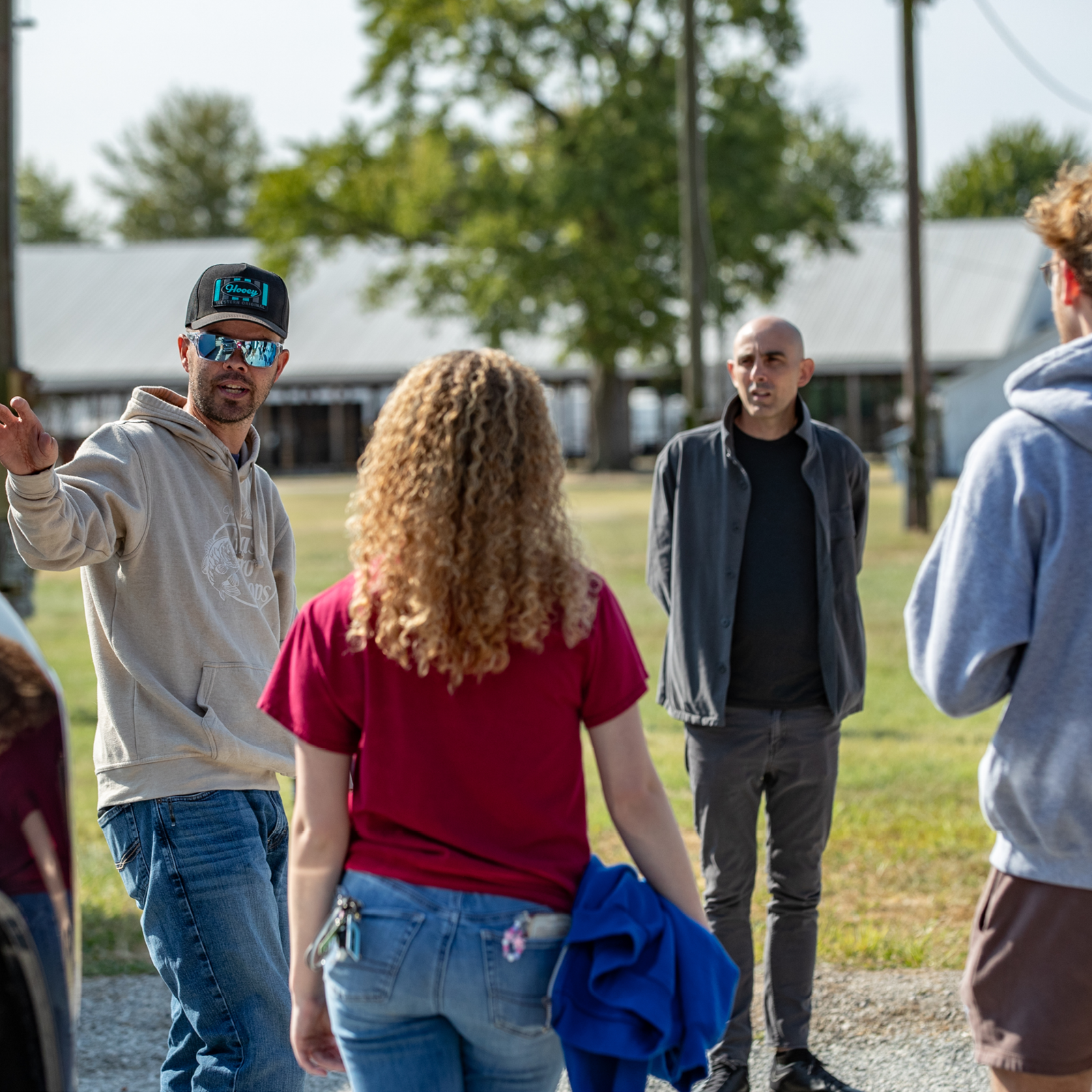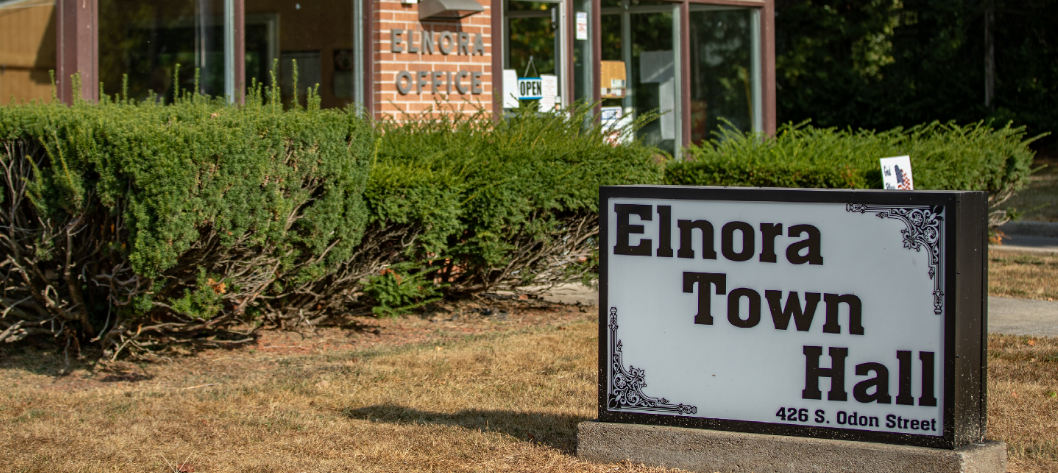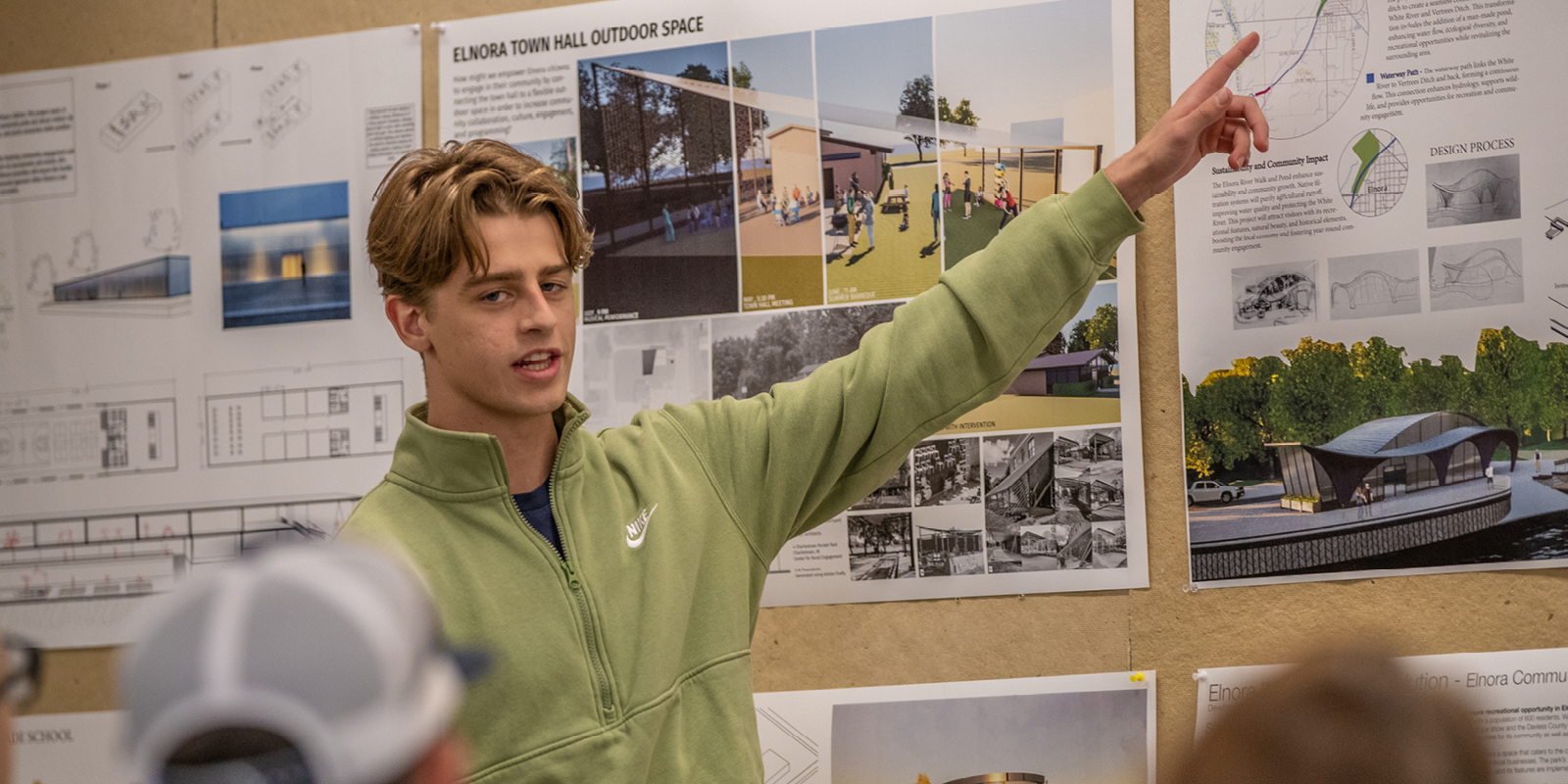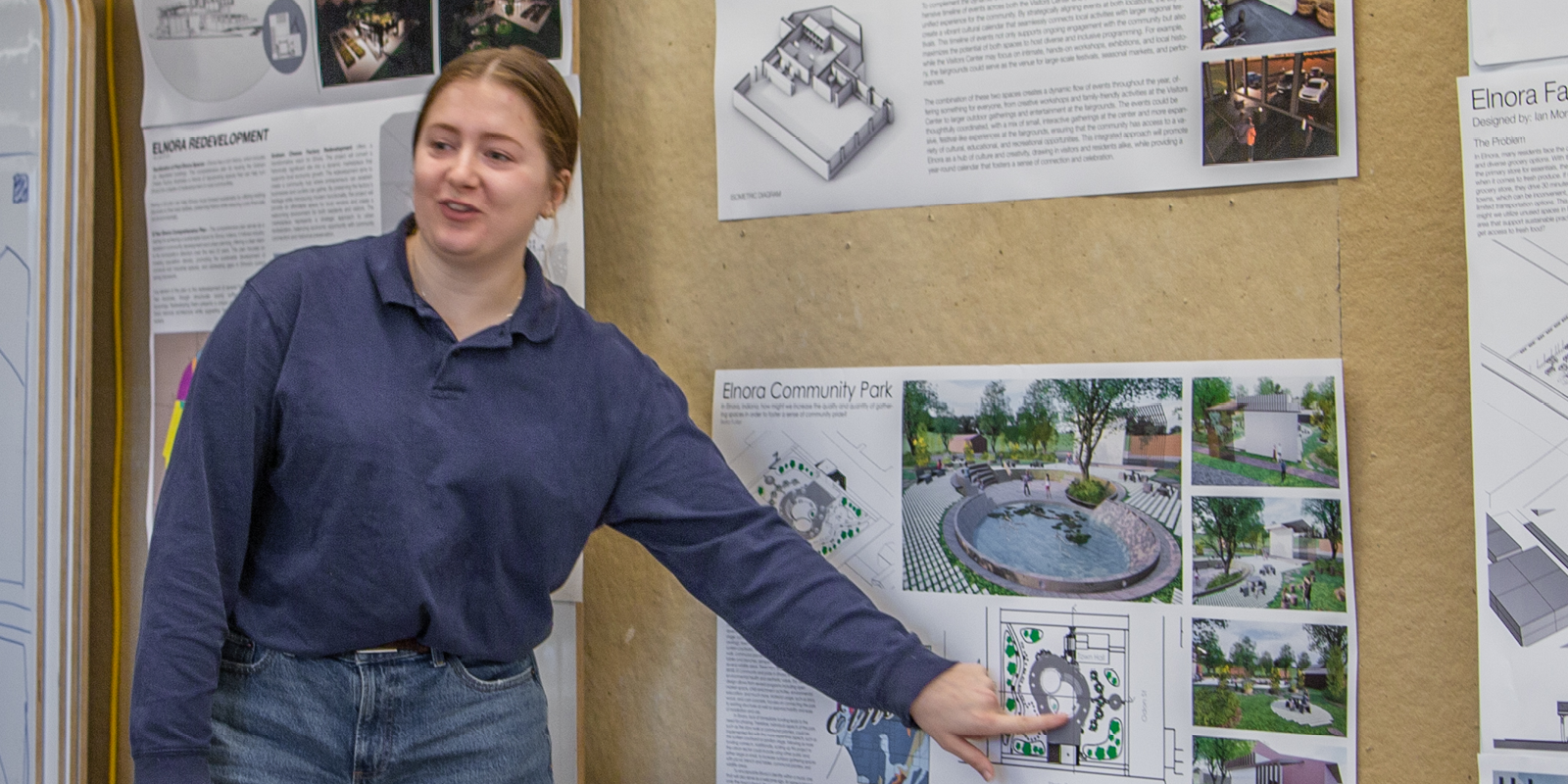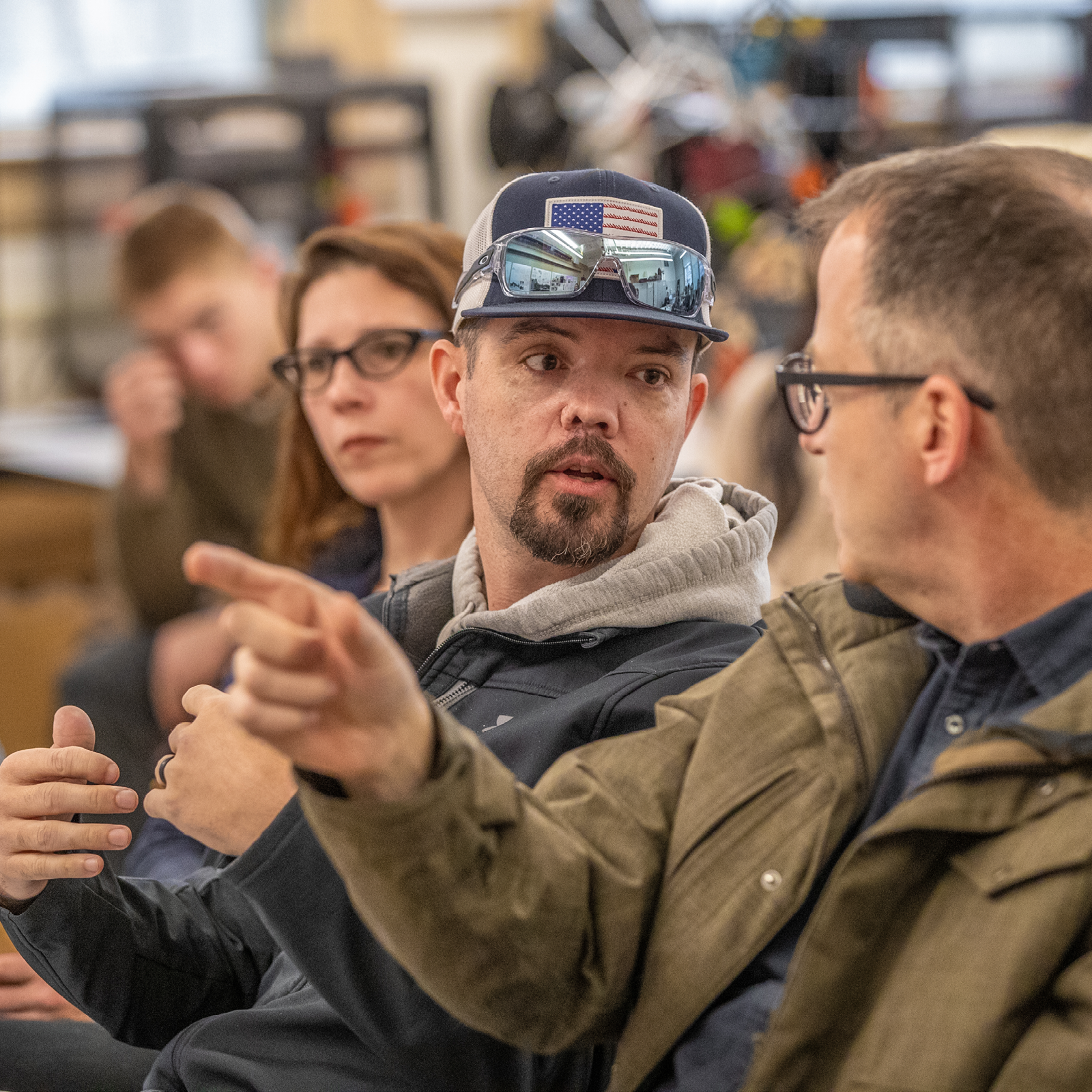Source: Center for Rural Engagement
Elnora, Indiana— “a little bitty town, surrounded by crops and cornfields”—is a rural community that is defined by its modest size and small population. About 600 people call it home.
“It's a drive-through town,” said Elnora’s town council president, Matthew Rollins. “You blink, and you miss it.”
A construction estimator and project manager by trade, Rollins became town council president in January 2023, hoping to drive much-needed infrastructure improvements, including the community’s town hall.
His passion for making positive change in Elnora eventually gained momentum when Daviess County was invited to take part in the Sustaining Hoosiers Communities (SHC) initiative, an internationally recognized program of the IU Center for Rural Engagement.
SHC-selected communities collaborate with IU faculty, students, and staff to advance community-identified projects through an academic approach. Through SHC participation, rural communities can enhance their health, prosperity, and vitality while providing students with meaningful learning experiences that have real-world impact.
As a community within Daviess County, Elnora was empowered to decide how the SHC program could best address their needs.
What began as a simple proposal to beautify their town hall with greenspace soon grew into 30 different architectural designs across the map of Elnora.
“They took something that I thought was just going to be simple and turned it into something totally amazing,” said Rollins.
The course—led by Spencer Steenblik, a career architect and professor in comprehensive design—put IU students from the Eskenazi School of Art, Architecture + Design, at the helm of envisioning a plethora of new, exciting possibilities for the town.
Along with vibrant concepts, ranging from new housing to a community greenhouse with flourishing gardens, the students were able to develop a strategic design plan to reinvigorate Elnora’s town hall.
“This class has required a lot from the students, and it pushes them to really raise their level,” said Steenblik.
The course, divided into three parts, tasked students with developing design concepts, creating exhibitions and presentations, and publishing a manifesto featuring a comprehensive project analysis and a catalog of their proposals to give to the town.


